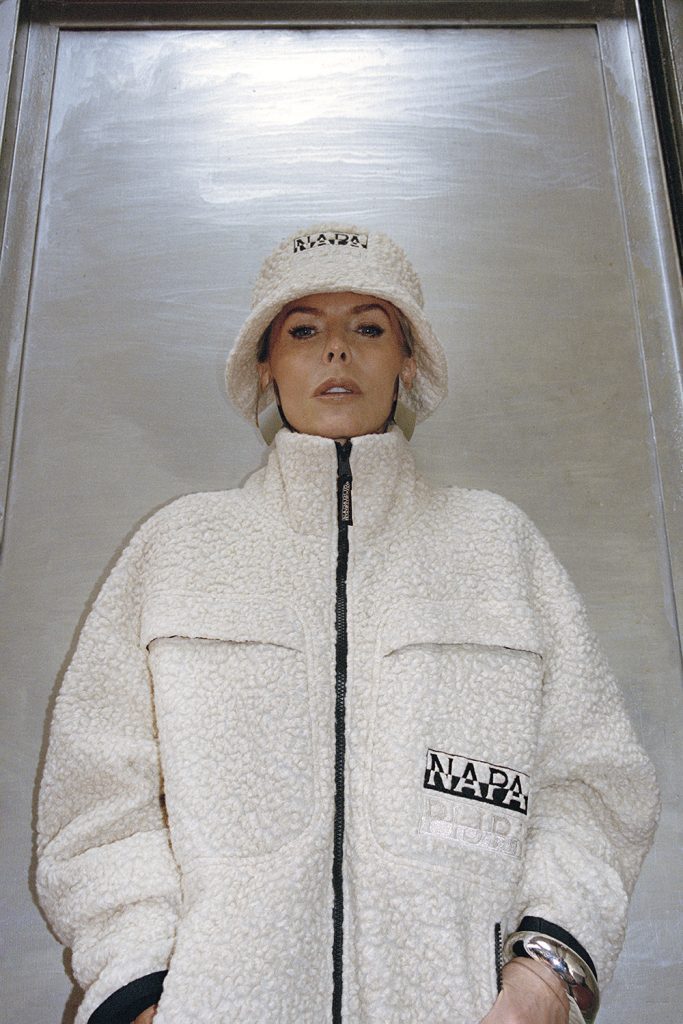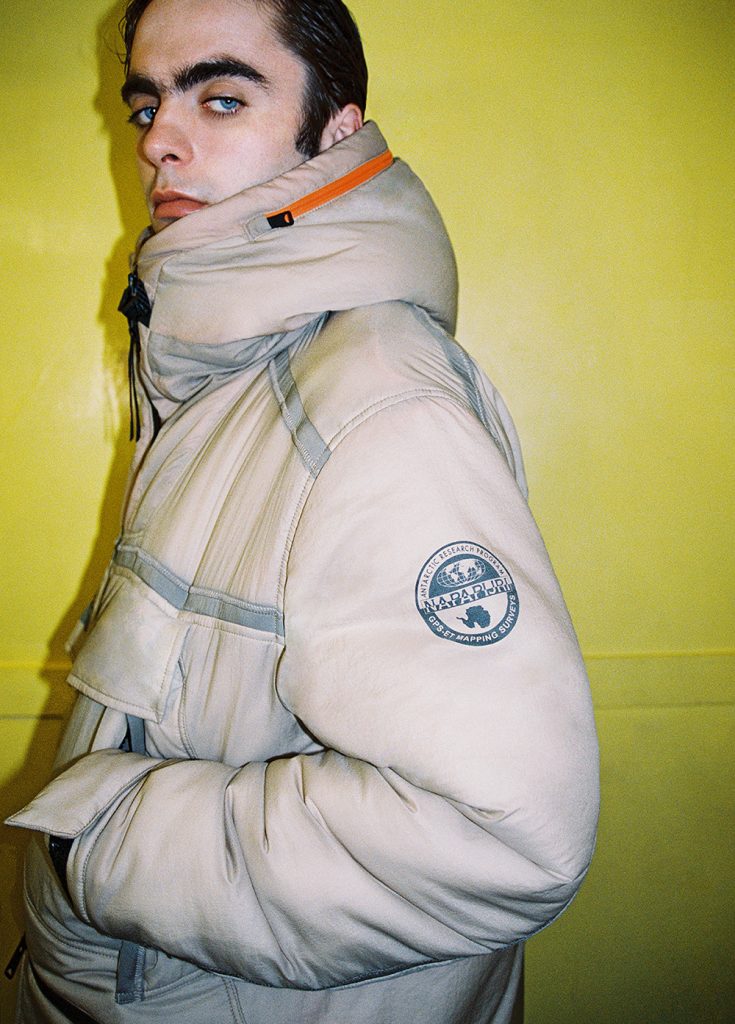


What if heritage could be futuristic? For Silvia Onofri, leading Napapijri’s transformation is about more than looking back – it’s about amplifying the brand’s adventurous spirit with a modern twist. She’s reviving icons like the Skidoo jacket in daring new forms, blending streetwear’s edgy appeal with luxury materials and sustainable design. With this season’s Future Heritage theme, Napapijri isn’t just preserving its legacy – it’s rewriting it for a new generation ready to embrace both style and substance.
hube: Napapijri has a legacy of irreverence. How do you maintain that rebellious spirit in an industry increasingly driven by conformity through sustainability trends and social consciousness? Can disruption still exist in this framework?
Silvia Onofri: The concept of irreverence and rebellion in Napa is very subtle. It is not rebellion as synonymous with revolt but rather the choice to interpret oneself freely without fear of judgement and predefined rules. It is the refusal to conform. We do not wish to provoke; on the contrary, we want to work on respecting the values of sustainability, in which we believe strongly, and social consciousness.
What the brand seeks is the breaking of predefined interpretations, and the valorisation of the individual while respecting their authenticity. The very community we speak to is extremely heterogeneous because we believe that Napa gives its best in diversity and in the free interpretation of the brand. We do not want to create a Napa-style; we want our community to create it, freely interpreting it in colours, fit, and bigender.
h: ‘Future Heritage’ is the motto for Napapijri’s rebranding. Do you ever feel that there is a risk of being too nostalgic, of clinging to past successes instead of driving a bold future for the brand?
SO: The vision is to launch a piece from our archive each season, always complementing it with future-oriented pieces. In AW24, we launched The Archive Project and the Hyper-Puffer simultaneously, both digitally and on the floor. This is because the Future Heritage concept aims to have this transversal look. As in the development of the individual, the history that belongs to us is the history that shapes our being. Experience is the key element in shaping the future. What matters is the balancing act between the two visions, where the past inspires future evolution and the foundation of credibility on which the new is built.

